|
How Wind Works
Wind, that invisible force that rustles leaves, fills sails, shapes landscapes, and more, is a fascinating natural phenomenon. Have you ever wondered how wind forms and develops? At its core, wind is the movement of air from areas of high pressure to areas of low pressure. You could say that the sun is to blame for wind as air movement is primarily influenced by the sun's uneven heating of the Earth's surface. When sunlight strikes the Earth, different surfaces absorb and radiate heat at varying rates. This creates temperature differences, leading to differences in air pressure. This leads to wind. How it works As the sun warms the Earth's surface, the air above it also warms up. Warm air is lighter and less dense than cool air, causing it to rise, a current. This upward movement creates a region of low pressure at the ground's surface. So, in areas where the air cools, it becomes denser and sinks, creating high pressure areas. The movement of air from high-pressure to low-pressure regions generates wind. Air moves horizontally from areas of high pressure to areas of low pressure to balance out the differences in pressure. This movement is known as atmospheric circulation. However, wind patterns are not solely dictated by temperature differences. Other factors, such as the rotation of the Earth and the Earth's topography, play roles in shaping wind patterns. You might wonder about wind currents, such as in the United States. It’s about the rotation of the Earth. Northern Hemisphere, the deflection causes air to curve to the right, while in the Southern Hemisphere, it curves to the left. This deflection influences the direction of winds, contributing to wind patterns. On a smaller scale, landscapes such as mountains, valleys, and bodies of water can impact wind patterns. Mountains, for example, can obstruct air flow, causing it to rise and create localized areas of low pressure. Then on the other side, air descends, creating areas of high pressure and often resulting in drier, warmer conditions. Wind is an integral part of storms. Whether a hurricane, tornado, or strong winds from a thunderstorm, wind is impressive and has a lot of power. Wind at times turns into your enemy. When that happens and your home is damaged, do the right thing. Call your favorite disaster restoration company. After all, it pays to call a pro! Emergency Pet Urine Removal Tips
Our furry friends bring you joy, companionship, and unconditional love, but they can also leave behind unwanted surprises in the form of pet urine. Whether you have a new puppy still in the process of house training or an older cat with occasional accidents, dealing with pet urine of any type can be a challenging task. However, with the right strategies and quick action, you can effectively remove pet urine and keep your home fresh and clean. Here are some emergency pet urine removal tips to help you tackle the situation promptly and efficiently. This applies mainly to carpeted surfaces. Prevention is key To minimize “accidents”, establish a consistent routine for your pets, including regular bathroom breaks, training sessions, and providing appropriate litter boxes or areas. Promptly clean up accidents and use positive reinforcement when your pets use the correct area. Act fast! The key to successful pet urine removal is to act quickly. The longer urine sits on surfaces, the more it soaks through the carpet and nto the pad and subfloor and the more difficult it becomes to eliminate resulting odors — and stains. As soon as you discover a pet accident, grab some paper towels or an absorbent cloth and blot the urine to soak up as much liquid as possible. Keep blotting until no more urine is noticeably absorbed. Products to use The safest product to use is warm water. But there are over-the-counter products that sometimes work fine. From enzyme cleaners and deodorizers to products that break down urine components and allow for easier removal, there are plenty of choices at your grocery or department store. But be very careful as many times overuse of these products can cause more damage than good. Be sure to avoid strong products, such as with ammonia. Ammonia is something that may actually attract pets to a spot and cause more issues. Stick to mild solutions. Deep cleaning For carpet and rugs, it's essential to thoroughly clean both the surface and the underlying padding. Blot up as much urine as possible, then call a pro. Although you can clean the area with a rental machine or one you have purchased, it’s not the same as a thorough professional cleaning. At a minimum, contact your favorite cleaning company for advice and the next steps to ensure your home doesn’t start to smell of pet urine. After all, it pays to call a pro! How Sump Pumps Work
Sump pumps are crucial in safeguarding homes from water damage, especially in areas prone to flooding or excessive moisture. These devices are designed to efficiently remove water accumulating in basements or crawl spaces, preventing costly damage and potential health hazards. At its core, a sump pump is a mechanical device that sits in a specially constructed pit, known also as a sump pit or sump basin, usually located in the lowest part of a basement or crawl space. The primary function of the sump pump is to pump out water that collects in this pit. This is where it gets interesting, because if any of this fails you, then you could have a flooded basement and thousands of dollars in damages. How it all works and what you should know When water enters the sump pit, it triggers a float switch or pressure sensor, depending on the type of pump. These mechanisms activate the pump when the water reaches a certain level, signaling the need for action. Once activated, the sump pump uses an electric motor to power an impeller or propeller, which spins rapidly, creating a centrifugal force. As the impeller spins, it creates a low-pressure area at its center, causing water to be drawn into the pump through an intake valve or suction pipe. The water is then accelerated and expelled from the pump through a discharge pipe, which directs it away from the house to a designated drainage area, such as a storm sewer or a dry well. Some sump pumps have additional features to enhance their functionality and reliability. For instance, some models come with a backup power source, such as a battery or generator, to ensure continued operation during power outages when water damage risks are often higher. And some have a check valve system to keep water from flowing back into the pit. Regular maintenance is essential to ensure the optimal performance of a sump pump. It is recommended to inspect the pump periodically, checking for any signs of damage or debris that may impede its operation. Testing the pump by pouring water into the sump pit can also help verify that it activates and pumps out water as intended. If the unthinkable does happen and your home is damaged by water from a failed sump pump — or from other water intrusions — then it is time to call in your favorite restoration company. After all, it pays to call a pro! How to Handle ‘Household Hazardous Waste’
Household hazardous waste (or HHW to keep this simple) is a topic that requires our attention and responsible action. The Environmental Protection Agency (EPA) defines HHW as leftover household products that can be potentially dangerous, as they can catch fire, react, or even explode under certain circumstances. Additionally, these products can be corrosive or toxic, posing serious risks to health and the environment. We must handle and dispose of these materials with great care. Common household items such as paints, cleaners, oils, batteries, pesticides, and more can and often contain hazardous ingredients. Therefore, it is essential to exercise caution when dealing with them. Improper disposal of HHW can have severe consequences. Many people unknowingly pour these substances down the drain, on the ground, into storm sewers, or even mix them with regular trash. However, the dangers of such disposal methods may not be immediately apparent. Improperly discarded HHW can contaminate the environment, pollute water sources, and pose a threat to human health. To ensure the safe handling of household hazardous waste, here are some quick tips to keep in mind, courtesy of groups such as the EPA: 1. Follow product labels: Carefully read and adhere to the instructions for use and storage provided on product labels. This will help prevent accidents and mishaps at home. 2. Dispose according to label instructions: Read product labels to determine the proper disposal directions. This will reduce the risk of products exploding, igniting, leaking, mixing with other chemicals, or posing other hazards during transportation to disposal facilities. 3. Use original containers: Never store hazardous products in food containers. Keep them in their original containers and avoid removing labels. Corroding containers require special handling, so it's important to consult your local hazardous materials official or fire department for proper instructions. 4. Avoid mixing HHW: Never mix HHW with other products. Incompatible substances can react, ignite, or explode, rendering the HHW unrecyclable. It's crucial to handle and dispose of them separately. 5. Seek information from local authorities: Check with your local environmental, health, or solid waste agency for more information on HHW management options available in your area. They can provide guidance on year-round collection systems, designated collection days, and drop-off locations for safe disposal and recycling. 6. Handle empty containers with care: Even empty containers of HHW can pose hazards due to residual chemicals. It's important to handle them with caution and ensure they are disposed of properly. And as with any cleaning-related questions or concerns, contact your favorite cleaning company. After all, it pays to call a pro! How Lightning Works
We often think of flooding, broken pipes, and failed sump pumps as the leading cause of damage to our homes. And you would be correct in thinking that. But there are other events that can occur that can damage our home besides water intrusion. Lightning strikes are one of those events that can happen during any thunderstorm and cause considerable damage to homes. It’s important to understand the details behind one of the most powerful natural phenomena in existence. How does lightning even occur in the first place? It results from a natural electrical discharge that occurs during powerful storms, caused by the buildup of static electricity in the atmosphere, and then released in sudden, powerful bursts. During a thunderstorm, air currents cause particles to collide and create a separation of electric charge. The negatively charged particles tend to accumulate at the bottom of the cloud, while the positively charged particles accumulate at the top of the cloud. This separation of charge creates an electric field, which can be thousands of volts per meter. And when it becomes strong enough, the electrical field ionizes the air molecules, creating a path of ionized air called a “leader.” The leader travels downward from the cloud in steps, with each step creating a faint glow. When the leader nears the ground, a stream of positively charged ions is attracted to the leader, and this upward stream of ions is called a positive streamer. When the two meet, you get lightning, which heats the air around it to thousands of degrees Celsius, causing a thunder shockwave, which is what we hear. Besides taking cover and protecting yourself, what can you do to prepare and avoid damage to your home from lightning? Here are a few ideas. Install a lightning protection system: A lightning protection system consists of a metal rod or conductor that is mounted on the roof and connected to a ground rod. This system helps to direct the lightning strike away from your home and safely into the ground. Unplug appliances: During a thunderstorm, unplug any appliances that are not needed to prevent damage from power surges caused by lightning strikes. Use surge protectors: Install surge protectors to protect sensitive electronics from power surges caused by lightning strikes. By taking these precautions, you can help protect your home and keep your family safe during a thunderstorm. But when lightning does strike, or if you have any other damage to your home such as from a fire or flooding, call your favorite restoration company. After all, it pays to call a pro! Preparing Your Grill for Summer
As spring advances and summer looms, it’s essential to take care of some of your appliances that become popular during those lovely warm days, especially as you spend more time outdoors. Many families focus on the barbecue grill during warm months, as outdoor grilling and eating are popular events. You might have neglected caring for your grill during the winter, as many do, and when you open it up in the spring, you might notice caked-on food particles and rust, and maybe you found a few mice in residence as well. It’s essential to take a few minutes to tune up your grill and accessories before you start cooking your first burger, steak, seafood, fish, or vegetable. Use these easy tips to prep for summer. Cleaning Thoroughly scrub and clean the grill grates, burners, and any other removable parts with a grill brush and mild detergent. This will ensure that your grill is free of any debris or buildup that could affect the flavor of your food. If your grates are particularly dirty, you can soak them in warm, soapy water for a few minutes before scrubbing them. Cleaning grill grates are often compared to the absolute worst dishwashing experience you will ever have, but it is necessary to do it right. Gas supply Check the propane tank and hoses for leaks or damage if you have a gas grill. You may need to replace the tank or hoses if worn or damaged. Do not keep using any hoses or tanks that show any type of wear or damage. Ignition Check the ignition system to ensure it works properly. If not, you may need to replace the ignition system or clean the electrodes. These parts often wear out from use and from inclement weather and moisture and have to be replaced from time to time. Seasoning Before using the grill for the first time, season the grates with oil to prevent sticking and ensure a better flavor. After each thorough cleaning, repeat this process. Stocking up Ensure you have enough fuel, charcoal, wood chips, and other supplies for last summer. If using propane, consider a backup tank because, for some weird reason, tanks always go empty right in the middle of cooking. By following these steps, you can ensure that your grill is ready for summer and that you can enjoy delicious barbecues all season long. And as part of summer, make sure your entire home is clean and ready for friends and family. Call your favorite cleaning company to help you with your cleaning tasks. After all, it pays to call a pro! How Clouds Work
We all know there are rainy seasons and dry seasons and all types of weather in between. Moisture comes to us in all types, and most of us view clouds as the source. But have you ever thought of how clouds work? And what that means for your home? Clouds are formed when water vapor in the atmosphere condenses into tiny water droplets or ice crystals. This process occurs when warm, moist air rises and cools, causing the water vapor to condense into visible clouds. There are several ways that this can happen. Convection is one of those ways. This occurs when warm air rises due to being less dense than cooler air. As the warm air rises, it cools and the water vapor it contains condenses to form clouds. Then you have frontal lifting. This occurs when two air masses with different temperatures and different humidity levels meet. The warmer, less dense air is forced to rise over the cooler, denser air. As the warm air rises, it cools and forms clouds. Here’s a term you probably haven’t heard of: Orographic lifting. This occurs when air is forced to rise over mountains or other topographic features. As the air rises, it cools and clouds form. Once clouds form, they can continue to grow and change shape as more water vapor condenses onto existing droplets or ice crystals. The type of cloud that forms depends on the temperature, humidity, and altitude of the air where the cloud is forming. Clouds can be classified into different types, including cirrus, stratus, cumulus, and nimbus, among others. Thunderstorms are usually associated with cumulonimbus clouds, which are commonly known as thunderstorm clouds. These clouds are characterized by their tall, anvil-shaped tops and can extend up to 50,000 feet into the atmosphere. Cumulonimbus clouds are formed by a combination of warm, moist air rising rapidly and cold air descending, which creates a strong updraft. And this is the typical situation when a storm hits your home, and you get a flooded basement or other water damage. When that happens, there’s not much you can do at that point but wait until the storm passes and then assess damage. Trying to clean it up yourself is possible, but there are hazards involved. It’s best to contact your favorite restoration company. After all, it pays to call a pro! Cleaning Tips for Party Catastrophes
If you are planning a party or event in your home, and it involves beverages, then you know the inevitable will happen. Someone will trip, run into something, or a glass will get knocked over, creating a spill, which then becomes a spot or stain. Even with the most careful of planning, guests with a beverage in one hand and balancing a plate in the other is inviting disaster. Cleaning up a spill is usually not easy but can be made easier with the right approach, but if not handled quickly, and effectively, it can create a permanent stain. You don’t want that. Here are some quick tips to keep your carpet and furniture out of the [stain] danger zone. Act quickly: The faster you start working, the easier it will be to clean up the spill. As soon as the spill occurs, grab a cloth, and begin to blot up the spill. Blot: Avoid rubbing … just blot with a white disposable cloth. Rubbing can spread the spill and even damage the fibers. Absorb it: You can do this by adding some common table salt. Sprinkle salt over the spill to help absorb the moisture. Leave the salt in place until it dries, allowing it to soak up the spill and then you can vacuum away the residue. Use a spot or stain remover: If the spill doesn’t easily lift from the fabric, use a household product to treat the area. Follow the instructions on the bottle carefully and test it on an inconspicuous area first to make sure it does not damage the fabric. It is important to blot up as much of the product as you can, as anything left behind will be sticky and cause resoiling. Dry the area: Use a clean, dry cloth or paper towel to continue to blot the area and remove any excess moisture. Keep at it until there is no more moisture transferring to the towel. Then get some air movement across the area you just cleaned. A small fan works great and moves air and moisture away from the recently cleaned area. All of this can be a chore, time consuming, and often frustrating. Want to avoid this potentially bad situation completely? Contact your favorite cleaning company. After all, it pays to call a pro! |
Accent American Tampa FL
Call: 813-621-6015 Archives
August 2023
Cleaning OutPost Tampa FL
|
Would you like to get your own OutPost Site? Cleaning and restoration firms who are MarketingZoo.com members get
|
CleaningOutpost.com Directory of Cleaning & Restoration Businesses is a service offered by MarketingZoo.com
Copyright 2015 Thinkshortcut Publishing, LLC
Copyright 2015 Thinkshortcut Publishing, LLC
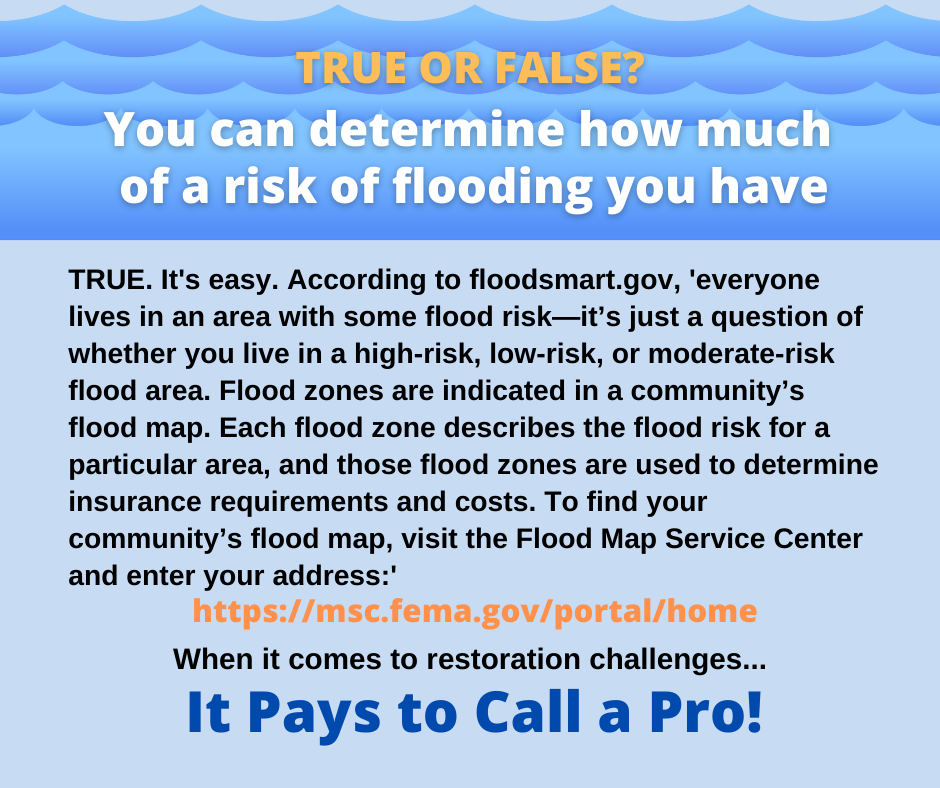
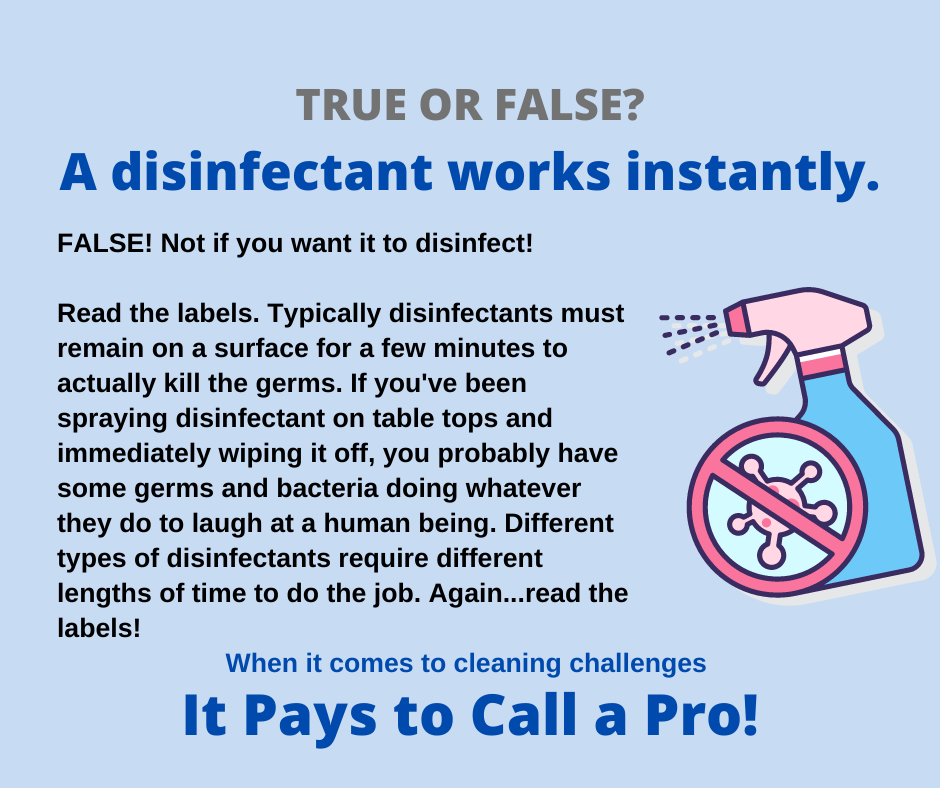
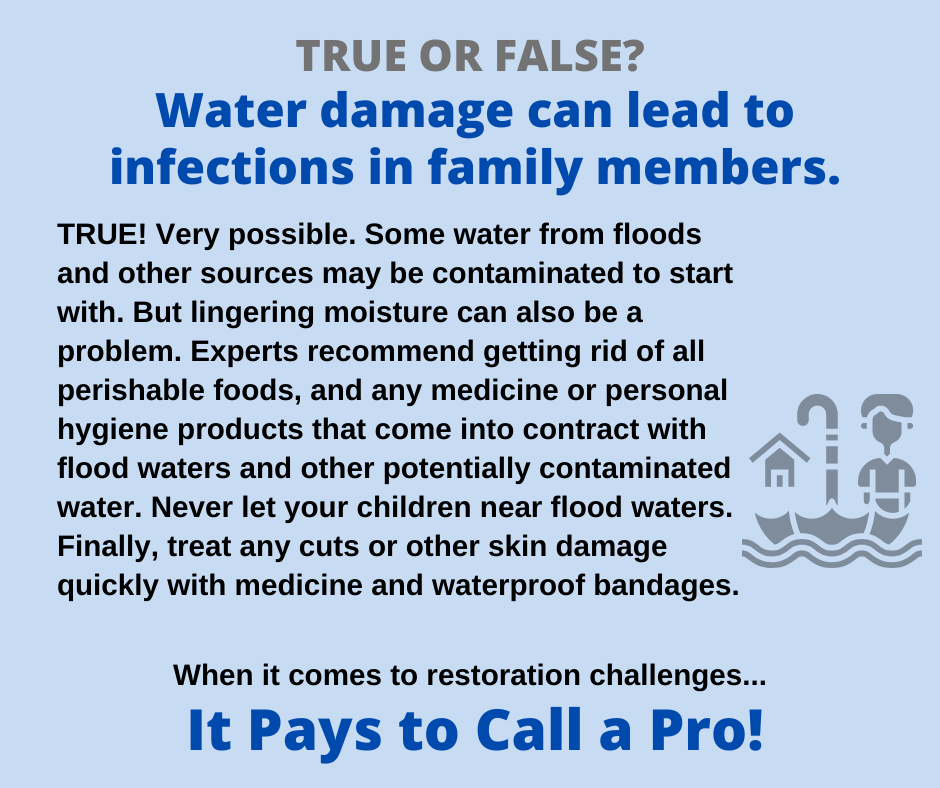
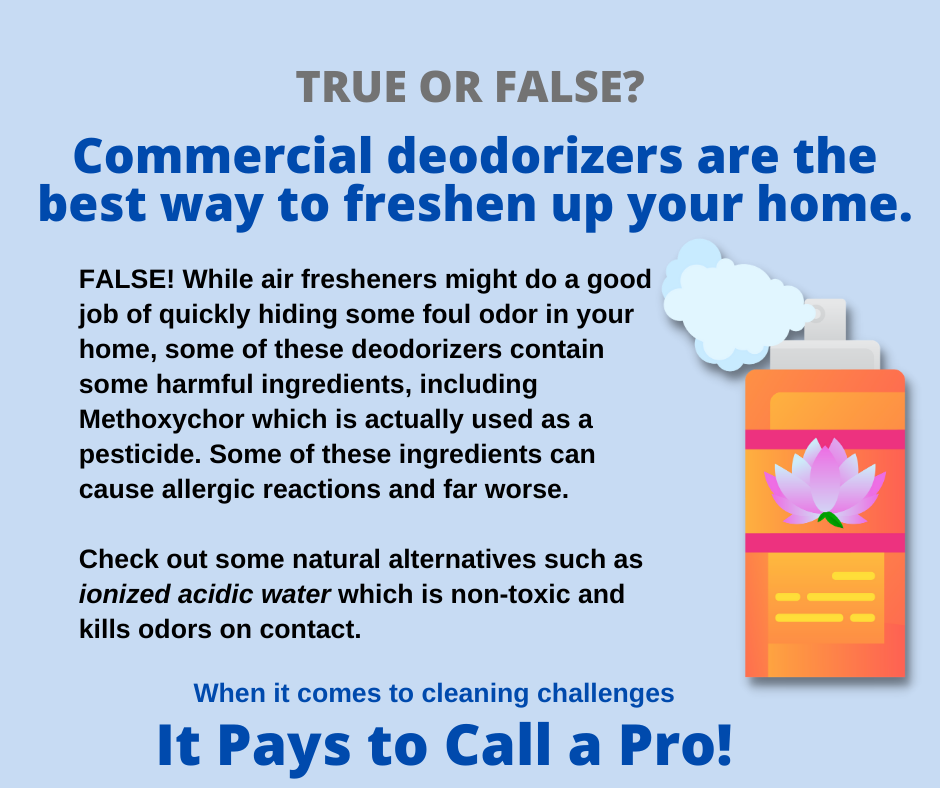
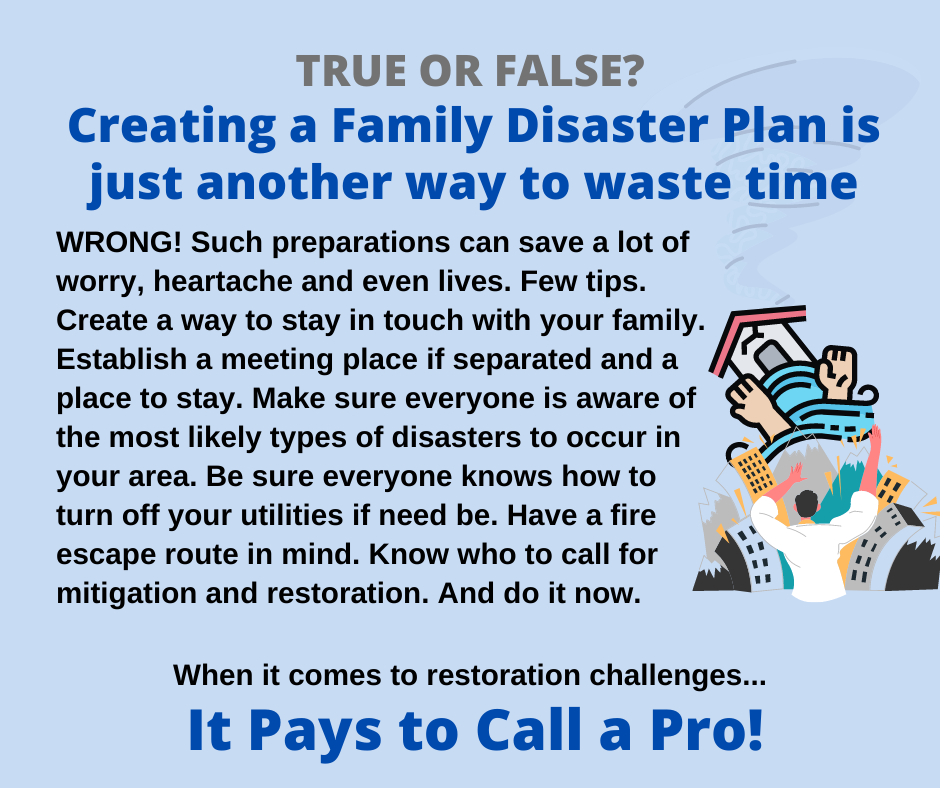
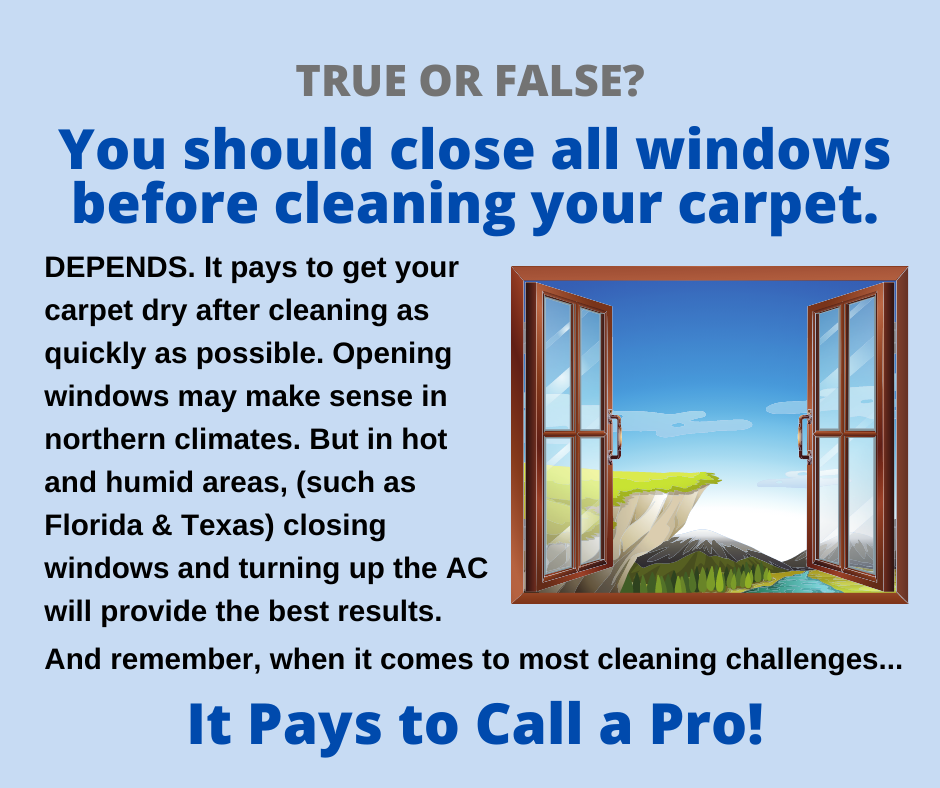
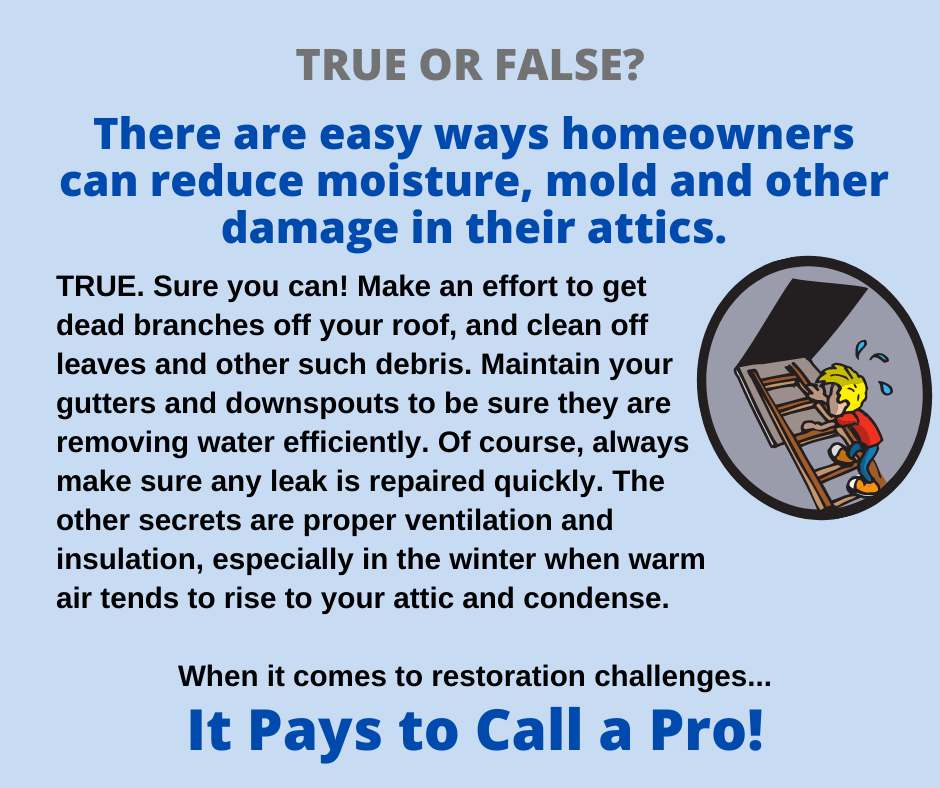
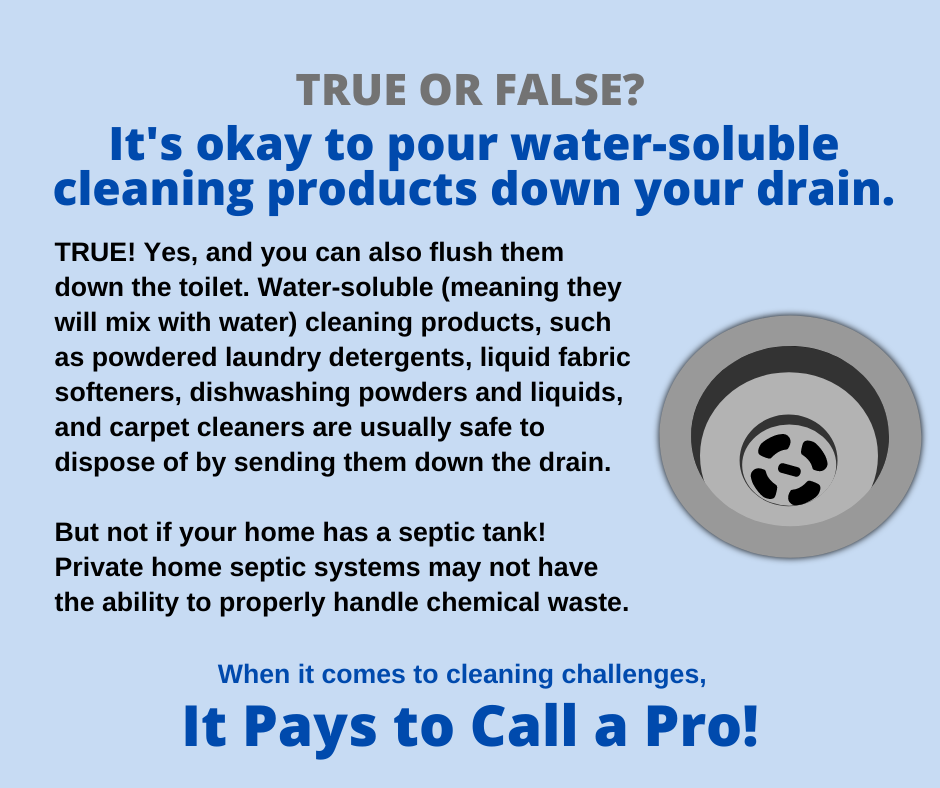
 RSS Feed
RSS Feed
